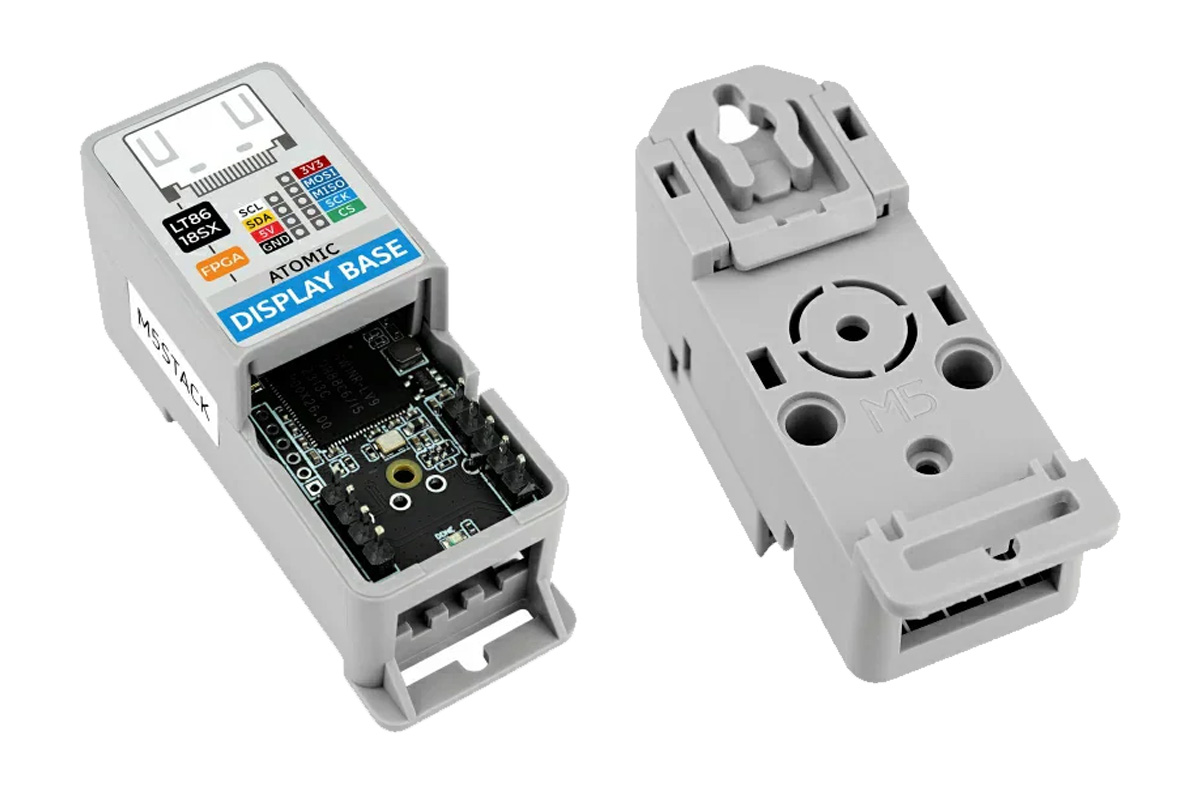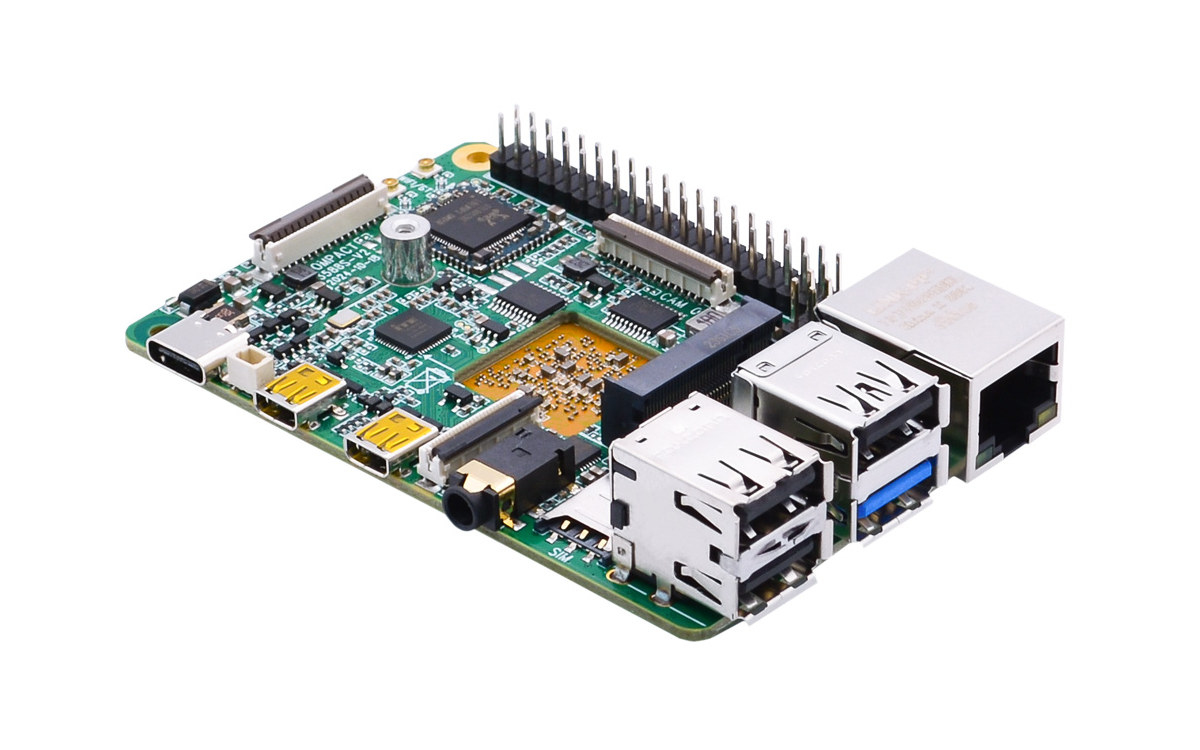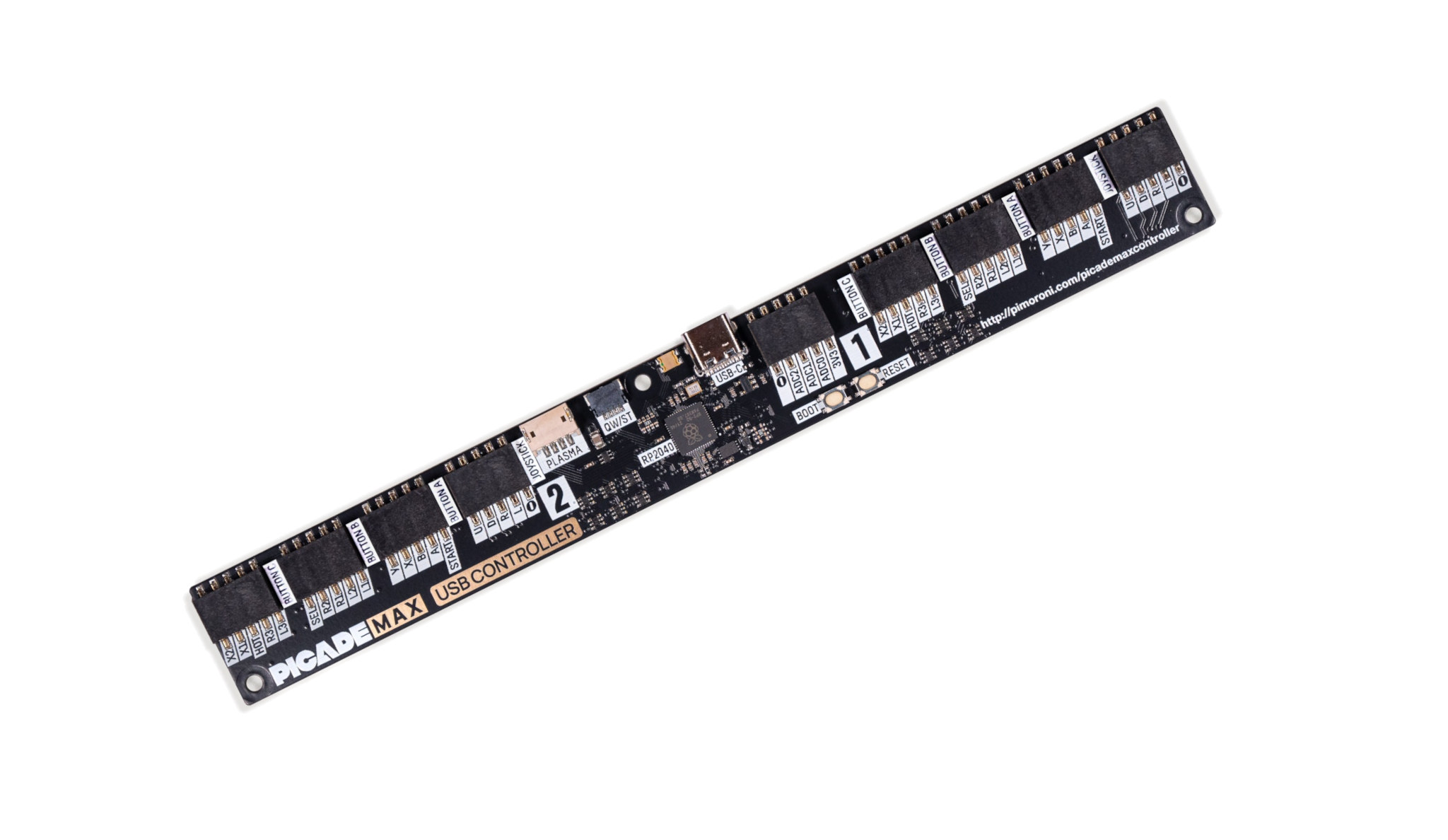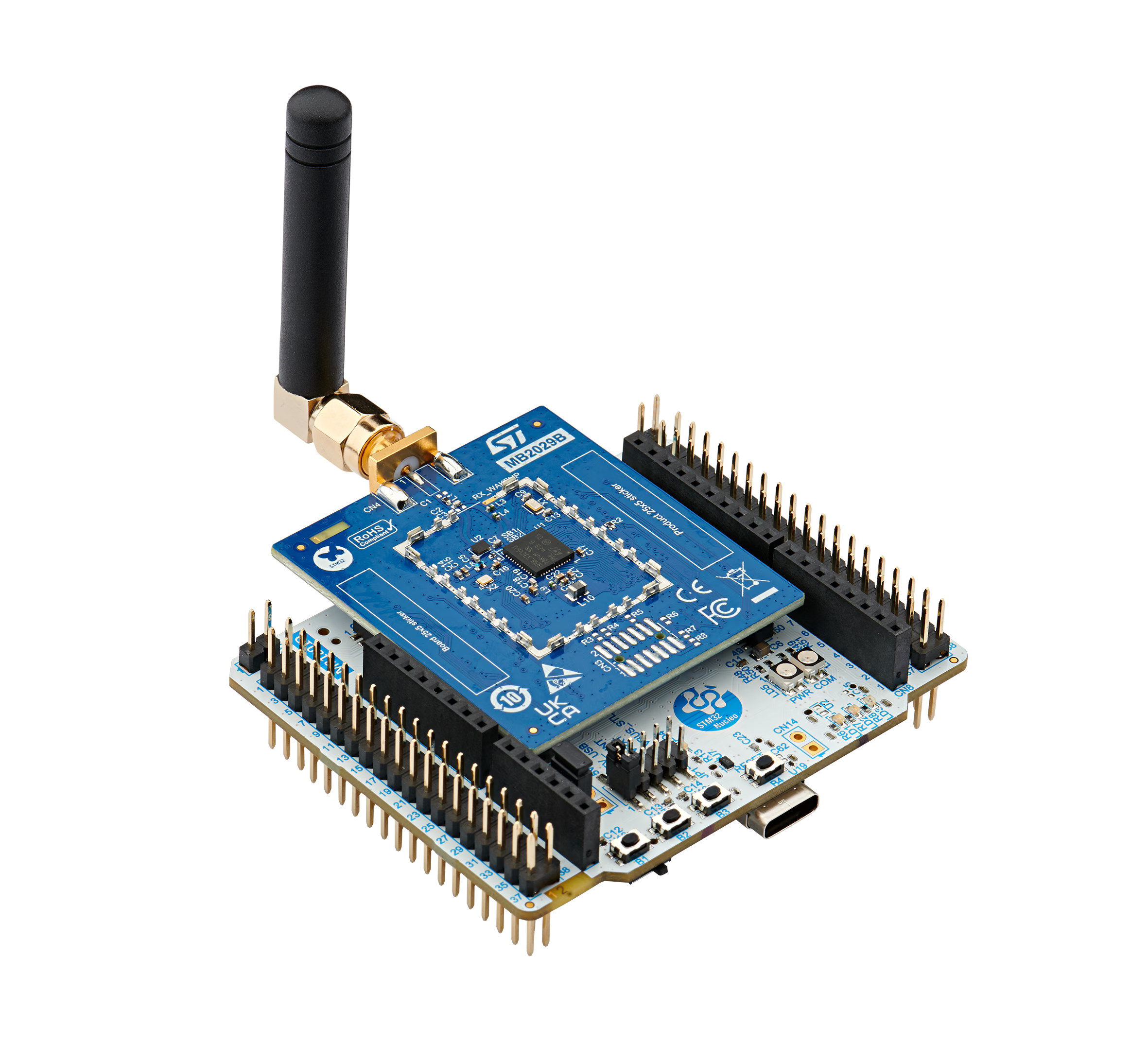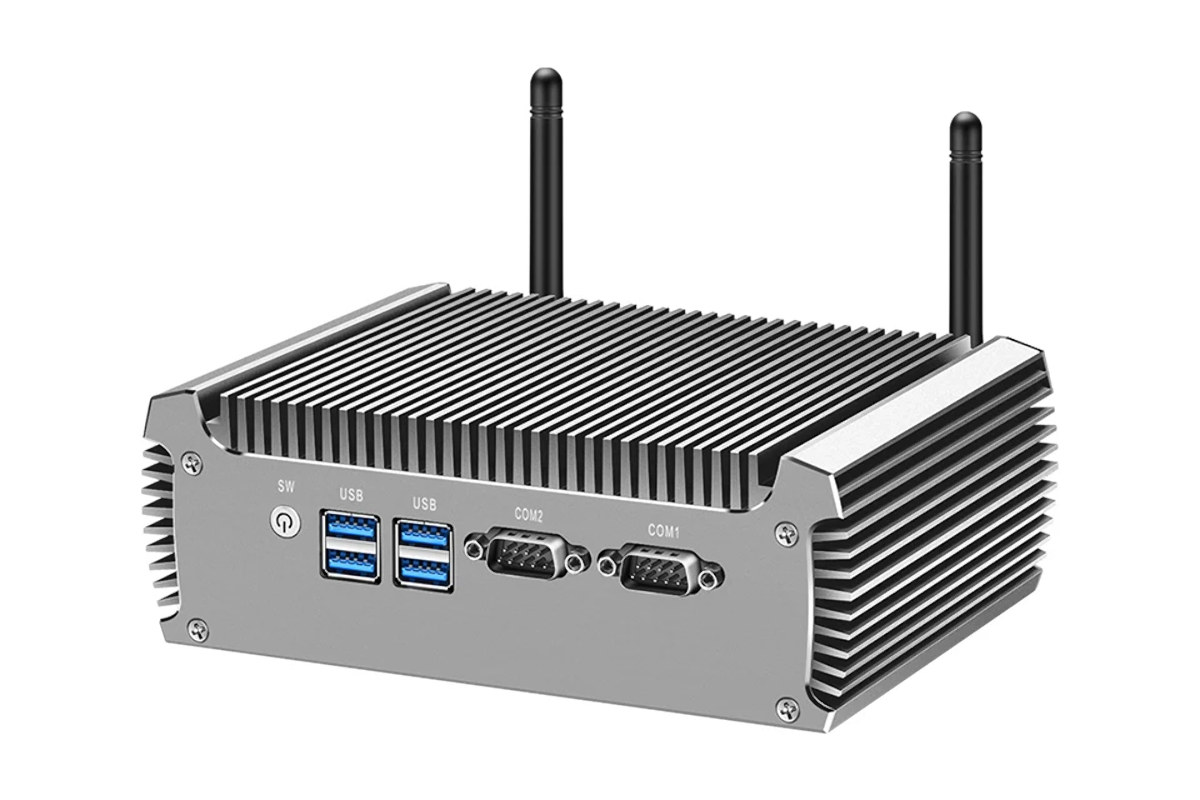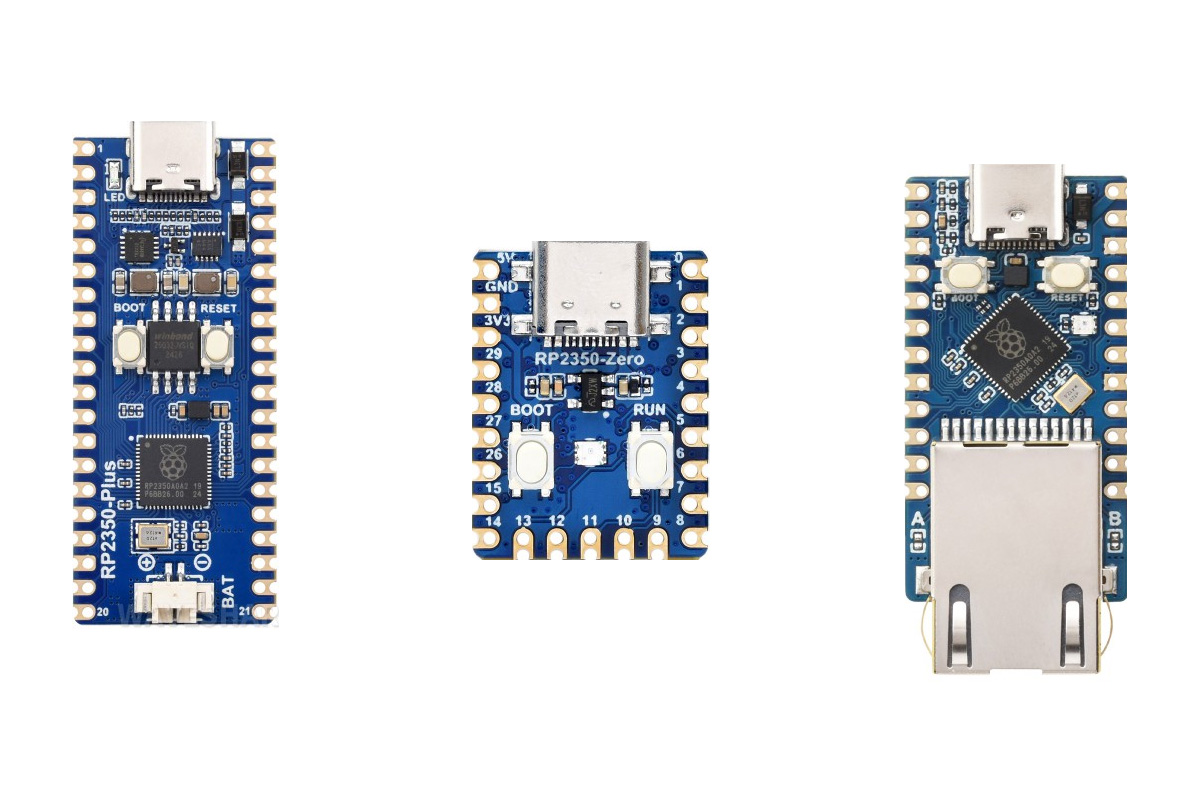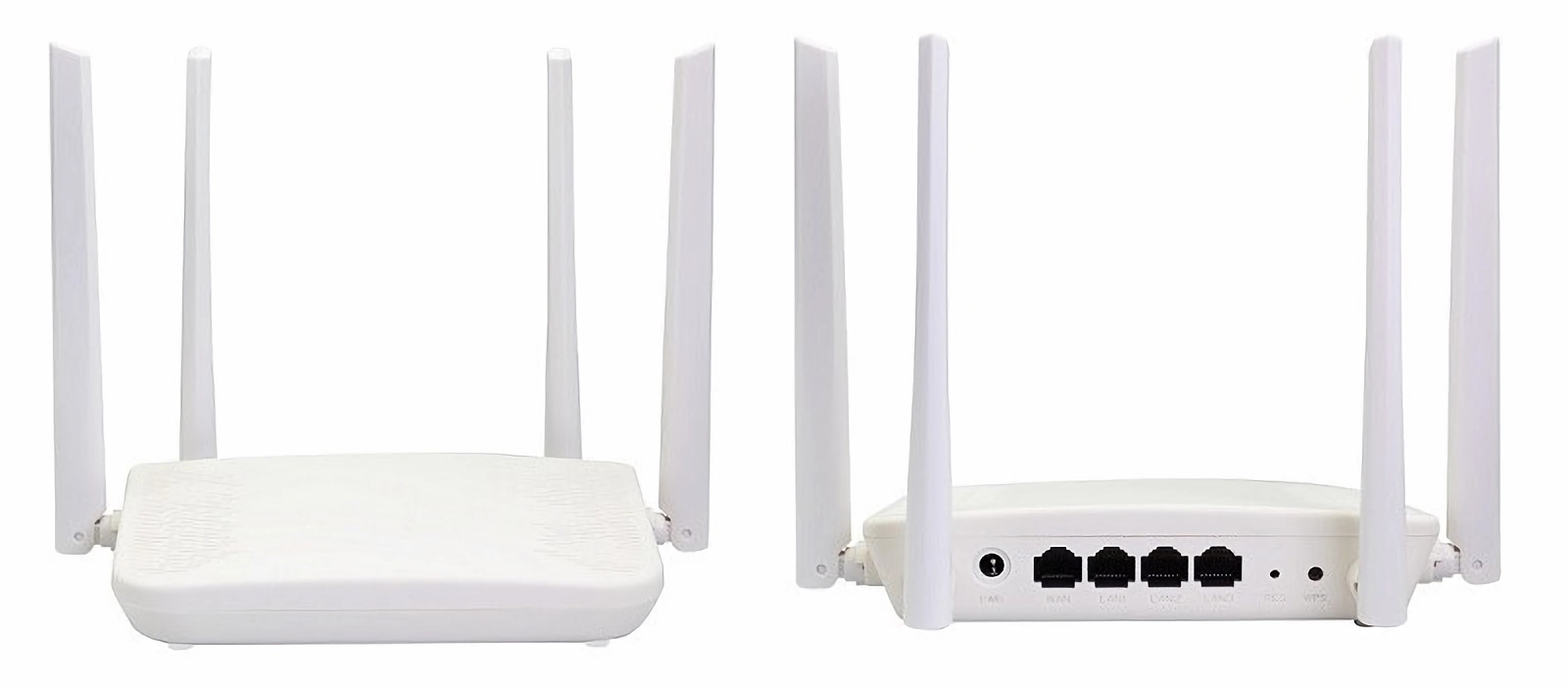Wi-Fi 7 (802.11be) routers and modules have only been launched recently, but engineers are already working on Wi-Fi 8 (802.11bn) “Ultra High Reliability (UHR)”, and MediaTek shared some details in a whitepaper detailing some of the improvements of the new standard for its upcoming Filogic Wi-Fi 8 SoCs. Surprisingly, there aren’t any enhancements to the maximum performance with Wi-Fi 8 still offering up to 320 MHz channel bandwidth, 23 Gbps maximum PHY rate, and support for 2.4 GHz, 5GHz, and 6GHz frequency bands, as well as up to 8 spatial streams. The Wi-Fi 8 improvements are all meant to improve Wi-Fi reliability, network efficiency, and power consumption in IoT use cases, which will end up improving the overall WLAN performance when many nodes are connected. Wi-Fi 8 new features: Coordinated Target Wait Time (TWT) allows low-power IoT devices to negotiate specific times for transmission with access points in order to […]
$20 ATOMIC Display Base is a low-cost HDMI display driver for M5Stack’s ESP32-based Atom IoT controllers
M5Stack has recently launched the M5Stack ATOMIC Display Base, an HDMI display driver designed to emulate traditional SPI TFT-LCD data output using Gowin GW1NR-9C FPGA and a built-in LT8618SX RGB-to-HDMI chip and designed to work with the company’s Atom IoT controller family based on ESP32 wireless microcontrollers. The module supports up to 720p (1280×720) image output with a 24-bit color depth and has an average frame rate of 12–16 FPS. Additionally, it can be paired with ATOM series hosts for various memory and application needs. These features make this compact device suitable for industrial control displays, smart home information screens, educational and conference presentations, and remote monitoring displays. The only downside of this device is that it requires a display with adaptive resolution scaling to avoid compatibility issues. M5Stack ATOMIC Display Base (HDMI display driver) specifications FPGA – Gowin GW1NR-9C (PDF datasheet) FPGA with 8,640 LUTs used to simulate SPI TFT-LCD data […]
Boardcon Compact3588S SBC – A Raspberry Pi 5 alternative based on Rockchip RK3588S AI SoC with M.2 socket for SSD or 4G LTE module
Boardcon Compact3588S SBC is another Raspberry Pi 5 alternative powered by a Rockchip RK3588S octa-core Cortex-A76/A55 SoC with a 6 TOP NPU for AI acceleration, up to 16GB RAM, up to 256GB eMMC flash, and all the features found in the Raspberry Pi 4, plus an M.2 socket supporting either an NVMe SSD or a 4G LTE module in conjunction with a Nano SIM card slot. It more closely follows the Raspberry Pi 4 form factor, but Rockchip RK3588S’ performance and capabilities make it a direct Raspberry Pi 5 competitor. Contrary to most credit card-sized single board computers, it follows a carrier board + soldered-on system-on-module design, rather than a single PCB. Boardcon Compact3588S specifications: SoC – Rockchip RK3588S CPU – Octa-core processor with 4x Cortex-A76 cores @ up to 2.4 GHz, 4x Cortex-A55 cores @ up to 1.8 GHz GPU – Arm Mali-G610 GPU with OpenGL ES 3.2, OpenCL […]
Picade Max USB Controller board supports two joysticks and up to 30 arcade buttons
Pimoroni Picade Max USB Controller is a Raspberry Pi RP2040 board designed for arcade game consoles with support for two joysticks and up to 30 buttons through standard DuPont socket connectors and one Plasma button connector. The board comes with a 2MB QSPI flash for the firmware, a USB-C port for power and programming, one of DuPont socket connectors exposes three ADC inputs, 3.3V, and GND, and there’s also a Qwicc/Qt STEMMA connector for I2C module expansion, plus BOOT and RESET buttons for programming. Picade Max USB Controller specifications: Microcontroller – Raspberry Pi RP2040 dual-core Arm Cortex M0+ MCU @ 133 MHz with 264kB of SRAM Storage – 2MB QSPI flash supporting XiP USB – 1x USB Type-C port for power and programming User inputs DuPont socket connectors 2x 4-way joystick inputs 30x arcade button inputs Plasma button connector Expansion Qw/ST (Qwiic/STEMMA QT) connector for I2C modules 3x ADC […]
STMicro NUCLEO-WL33CC1 and NUCLEO-WL33CC2 boards features STM32WL33 Cortex-M0+ Sub-GHz wireless MCU
STMicro unveiled the STM32WL3 sub-GHz wireless MCU family last year and has now announced the general availability of the STM32WL33 Arm Cortex-M0+ microcontroller, along with two development boards namely the NUCLEO-WL33CC1 and NUCLEO-WL33CC2 for battery-powered smart meters and smart building and industrial monitoring solutions using wireless M-Bus, Sigfox, WiSun, LoWPAN or Mioty LPWAN protocols among others. The NUCLEO-WL33CC1 and NUCLEO-WL33CC2 development boards look the same, but the former supports 826-958 MHz high-band frequencies, while the latter handles 413-479 MHz low-band frequencies. STMicro NUCLEO-WL33CC1/2 specifications: SoC – STMicro STM32WL33CCV6 MCU Core – Arm Cortex-M0+ up to 64 MHz Memory – 32KB SRAM with full retention Storage 256KB flash 1 KB OTP flash (user data) Sub-GHz Wireless 413-479 MHz or 826-958 MHz frequency bands with OOK, ASK, 2(G)FSK, 4(G)FSK, D‑BPSK, and DSSS modulations Compatible with proprietary and standardized wireless protocols such as WM-Bus, Sigfox, Mioty, KNX-RF, and IEEE 802.15.4g Low-power autonomous wake-up […]
Barebone Intel Celeron 2955U or Pentium 3805U fanless industrial mini PC goes for $60 (Promo)
If you’re in need of a low-end, cheap x86 platform you’re in luck since XCY is selling the X46G industrial fanless mini PC powered by an Intel Celeron 2955U Haswell processor or a Pentium 3805U Broadwell CPU for just about $60 as a barebone system, or around $74 with 4GB of RAM, a 64GB SSD, and a WiFi module as part of a Black Friday 2024’s promotion. It’s even cheaper in some other shops, as we’ll see below. Both CPUs have been discontinued since 2021, and nobody should use those in a desktop system unless you are of the very patient type. However, if you want to run some lightweight Windows or Linux application(s), make use of RS232 ports for industrial control, set up a Full HD HTPC, configure a dual GbE server, or need to run FreeDOS or similar x86-only operating systems, those ultra-cheap Intel mini PCs might prove […]
Waveshare launches three RP2350 USB-C development boards with castellated design, battery support, built-in Ethernet port
Waveshare has announced four new USB-C and USB-A development boards based on the Raspberry Pi RP2350 MCU: the Waveshare RP2350-Plus dev board, the Waveshare RP2350-Zero Mini dev board, the Waveshare RP2350-ETH Mini dev board, and the Waveshare RP2350-GEEK USB dev board. The RP2350-Plus is a low-cost, high-performance Pico-like development board with the RP2350 MCU, various I/O, battery support, USB Type-C, and compatibility with Raspberry Pi Pico modules. The RP2350-Zero Mini is another compact dev board with castellated pins, 29 GPIOs, USB Type-C, PIO, and versatile peripheral support, ideal for IoT, robotics, and embedded systems. The RP2350-ETH Mini dev board has Ethernet support and various GPIO functionalities, making it ideal for IoT development. Like any other RP2350 board, the Waveshare RP2350 boards support C/C++ and MicroPython SDKs with drag-and-drop firmware flashing via USB mass storage. Waveshare RP2350-Plus development board The Waveshare RP2350-Plus is a low-cost development board that comes in a […]
$16 Banana Pi BPI-WiFi5 router is powered by Siflower SF19A28 dual-core MIPS SoC
Banana Pi BPI-WiFi5 is a low-cost WiFi 5 AC1200 router with four gigabit Ethernet ports powered by a 1.2 GHz Siflower SF19A28 dual-core MIPS SoC coupled with 64MB DDR2 and an 8MB flash. It’s not the first low-cost router from the company, as the Banana Pi BPI-WiFi6 Mini was introduced this summer for $30 with Triductor TR6560 SoC, and with the Banana Pi BPI-WiFi5, they’ve now introduced a lower-end WiFi 5 router going for just about $16 plus shipping on AliExpress or $29.99 on Amazon. Banana Pi BPI-WiFi5 specifications: SoC – Siflower SF19A2890S2 dual-core MIPS processor @ 1.2GHz System Memory – 64MB DDR2 RAM Storage – 8MB flash Networking Switch – Airoha AN8855R Gigabit Ethernet switch 1x Gigabit Ethernet WAN port 3x Gigabit Ethernet LAN ports Wireless 2.4 GHz WiFi 2×2 MIMO up to 300 Mbps 5 GHz WiFi 2×2 MIMO up to 866.7 Mbps Frequency bands 2.4GHz – 2.4GHz […]



